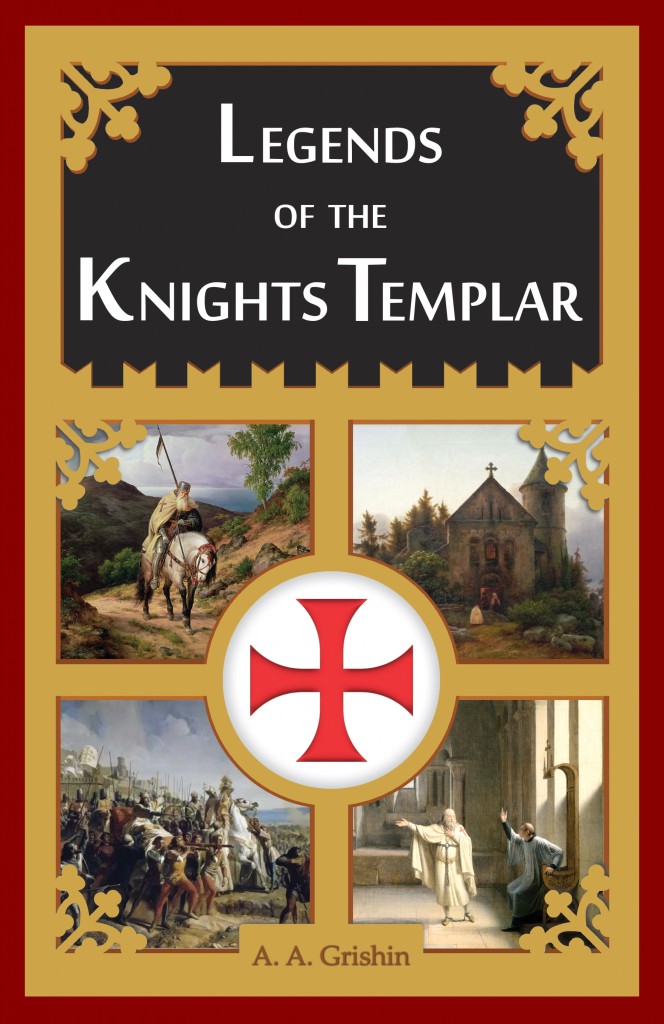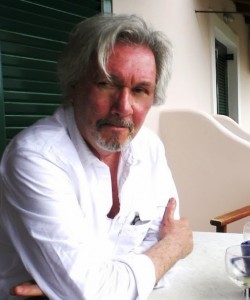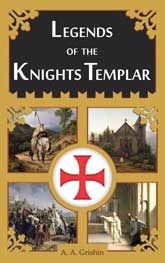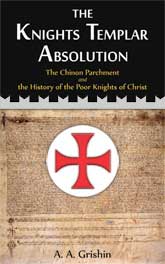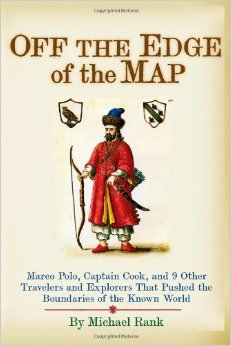 There are many theories that presume the Knights Templar’s excellent familiarity with sea faring practices of their time. In fact, many modern authors insist that the Order was even capable of reaching the shores of North America. Whatever argumentation and proofs may exist for such theories, it may be worth looking into more established and verified (as much as possible) accounts of explorers who pushed the boundaries of the known world. “Off the Edge of the Map” by Michael Rank discusses 11 greatest discoverers in history. An audio version of the book is available through a special giveaway.
There are many theories that presume the Knights Templar’s excellent familiarity with sea faring practices of their time. In fact, many modern authors insist that the Order was even capable of reaching the shores of North America. Whatever argumentation and proofs may exist for such theories, it may be worth looking into more established and verified (as much as possible) accounts of explorers who pushed the boundaries of the known world. “Off the Edge of the Map” by Michael Rank discusses 11 greatest discoverers in history. An audio version of the book is available through a special giveaway.
Whether it is Rabban Bar Sauma, the 13th-century Chinese monk commissioned by the Mongols to travel West form a military alliance against the Islam; Marco Polo, who opened a window to the East for Europe; or Captain James Cook, whose maritime voyages of discovery created the global economy of the 21st century, each of these explorers had an indelible impact on the modern world. This book will look at the 11 greatest explorers in history. Some travelled for religious piety, such as Ibn Battuta, who travelled from North Africa to Indonesia in the 1300s, visiting every Islamic pilgrimage site between — and becoming counselor to over 30 heads of state. Others travelled for profit, such as Ferdinand Magellan, who wanted to consolidate Spain’s holdings on the spice trade. Still others travelled for discovery, such as Ernest Shackleton, who led two dozen men to the bottom of the world in an attempt to cross Antarctica on foot. Whatever their reason for discovery, these explorers still inspire us today to push the limits of human achievement — and discover something about ourselves in the process.
